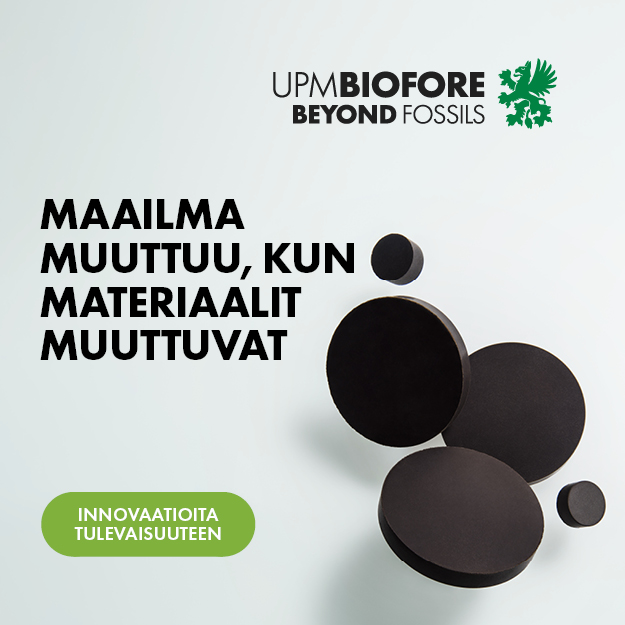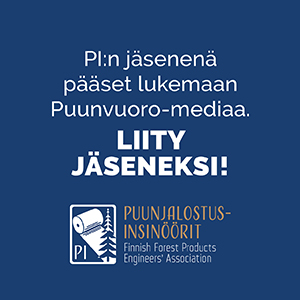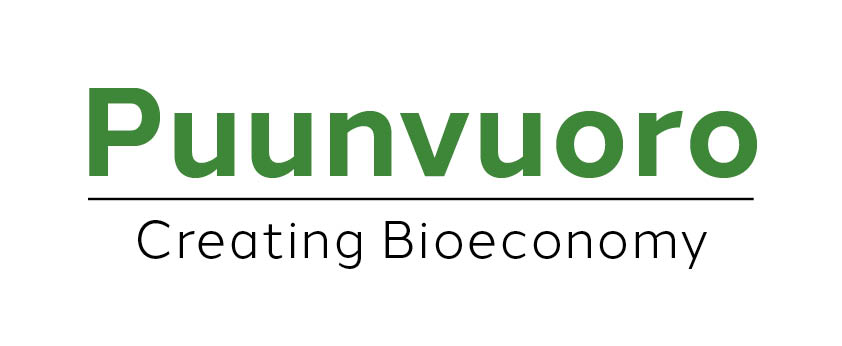Investments drive the economy forward, but the EU’s regulation makes the business environment murky.
“What’s problematic is not so much the slowness of decision-making, but its erratic nature, which is toxic to companies planning investment,” says Kari Jordan, President and CEO of Metsä Group.
In big investments, the national regulations that have a bearing on profitability should be locked for a sufficient period of time.
This is the only way to encourage companies to invest. The market risk companies take when making investments comes with the territory, but if erratic regulation has a cost-increasing effect on business environments, the profitability calculations companies carry out in terms of their investments no longer hold.
As Jordan points out, the life cycle of a forest industry investment can be as long as 30 years.
An investment decision in the range of up to a billion euros and an operating environment that changes almost “overnight” are simply incompatible.
Finland has really not been a dreamland for investments in the past few years. Now, though, the pace is starting to pick up, and the economy is on a slightly upward curve.
Regardless, the forest industry has been, and continues to be, at the top when it comes to investing in Finland. Metsä Group’s 2015 investment decision concerning Metsä Fibre’s bioproduct mill under construction at Äänekoski, for example, is the largest single investment in the Finnish forest industry. The mill, the cost of which will amount to approximately EUR 1.2 billion in total, is set to start up in the third quarter of this year. At the moment, it is in the commissioning and test run phase.
Something has been done right
In November 2016, Kari Jordan received the Global CEO of the Year award, presented by the international forest industry market intelligence service RISI. The award is presented to one forest industry CEO in the world a year. The criteria for the award mention outstanding performance in strategic and financial development as well as in business management.
“The recognition feels good, but it is also the result of major teamwork. We have abandoned the production of printing paper and made quite a turn from an indebted, weakly profitable house to what we currently are – a profitable company with sensible debt. So I guess they thought we’d been doing something right.”
The bioeconomy is a whole, which, according to Jordan, should be developed systematically across all industries, because it is not the exclusive property of the forest industry.
According to Jordan, the forest industry is nevertheless forced to think about what the rise of the bioeconomy is based on, since new business is not built in a moment.
“Metsä Group’s core is in packaging materials, hygiene products, sawn timber, as well as wood products and pulp. All of these are growing at a rate of roughly two per cent a year. New bioproducts are being built on top of them.”
Hindsight allows for clarity
Jordan came to the helm of the forest company from Nordea at the turn of the year, in 2004–2005. At the time, Metsä Group was fragmented and in bad shape. The purposeful rise began in 2005. Wondering about whether the rise could have been faster is needless hindsight.
Jordan thinks we would do well to remember the kind of world Metsä Group, too, faced as of 2005.
“Roundwood prices peaked, the price of oil surged and, for some time, the price of electricity was also very high. Lehman Brothers collapsed, and the financial crisis began. The US dollar rose to 1.59 euros, from the 0.86 euros a couple of years before. Add to that the declining demand for printing paper in Europe and you have a market where arriving at solutions and transactions was not that easy.”
Demand for printing paper has continued to decline. Metsä Group no longer manufactures printing paper at all.
“Printing paper will, of course, be needed in the future as well. Its demand will never fall to zero. But in terms of our own production capacity, it made business sense to abandon it.”
Technological development and digitalisation, in particular, are seen as contributory causes in the declining demand for printing paper, but according to Jordan, it is no use wallowing in this fact.
He stresses that the world is changing, and companies need to change along with it.
“It’s no use blaming digitalisation. We also make use of it in all of our business areas. A fifth of all wood trade, for example, is conducted online, and there are plenty of opportunities still to come.
In good shape
Metsä Group’s result in 2016 was slightly weaker than in the year before. Comparable operating profit fell to EUR 439 million from EUR 537 million in the previous year.
According to the President and CEO, the point is that Metsä Group’s foundation is in shape – in comparison to 2015, profitability last year was hit by the decline in pulp’s world market price and the start up phase of Husum’s folding boxboard machine.
Metsä Group is increasing its production capacity. The company’s investments in production amount to nearly two billion euros in 2015–2017. Approximately 85 per cent of this sum concerns targets in Finland.
Text by Jaakko Liikanen
Photos by Metsä Group



